Taste and flavor characteristics of Kenyan coffee beans recommended parameters for cooking Kenyan AA coffee beans with V60 filter cup
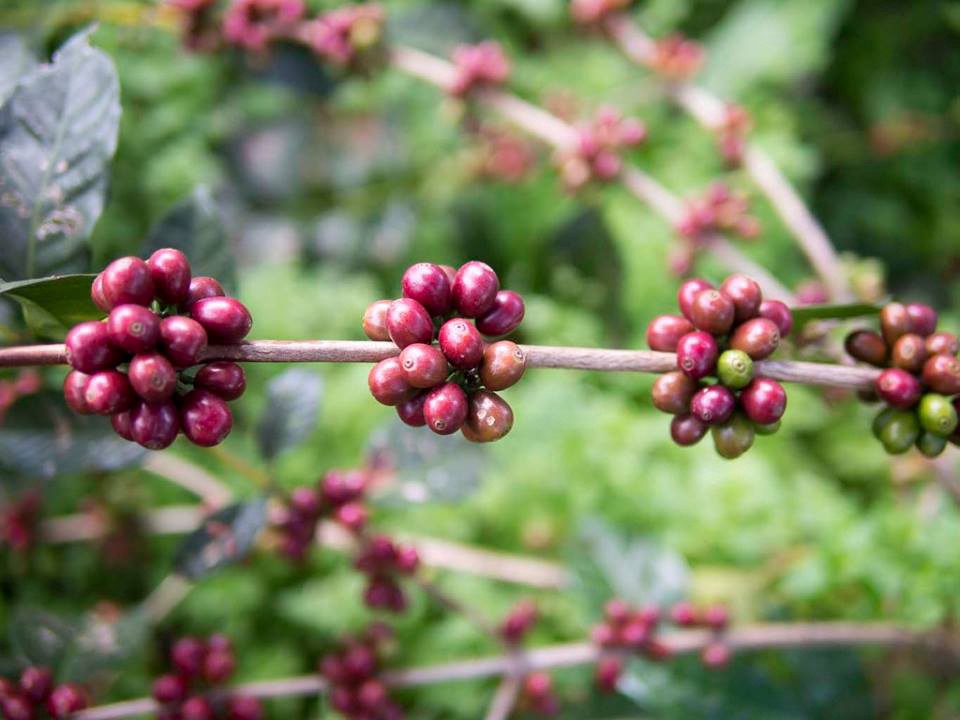
Professional coffee knowledge exchange more coffee bean information please follow the coffee workshop (Wechat official account cafe_style)
Do you know the history and taste of Kenyan coffee?
Africa has always been one of the best coffee producers in the world, and is famous all over the world for its charming acidity and aroma, and Kenya is certainly not absent. Kenya (Kenya) is located in eastern Africa, adjacent to Ethiopia, the "source of coffee". Despite the fertile soil, coffee was first grown in the country when Bourbon (also known as French mission, to commemorate the introduction of French missionaries) was introduced from Brazil in 1893; like the story of "go left, go right", coffee did not move inland to the south but to the Red Sea. After hundreds of years of spread, after settling down and mutating all over the world, he returned to his hometown, the Great Rift Valley (The Great Rift Valley).
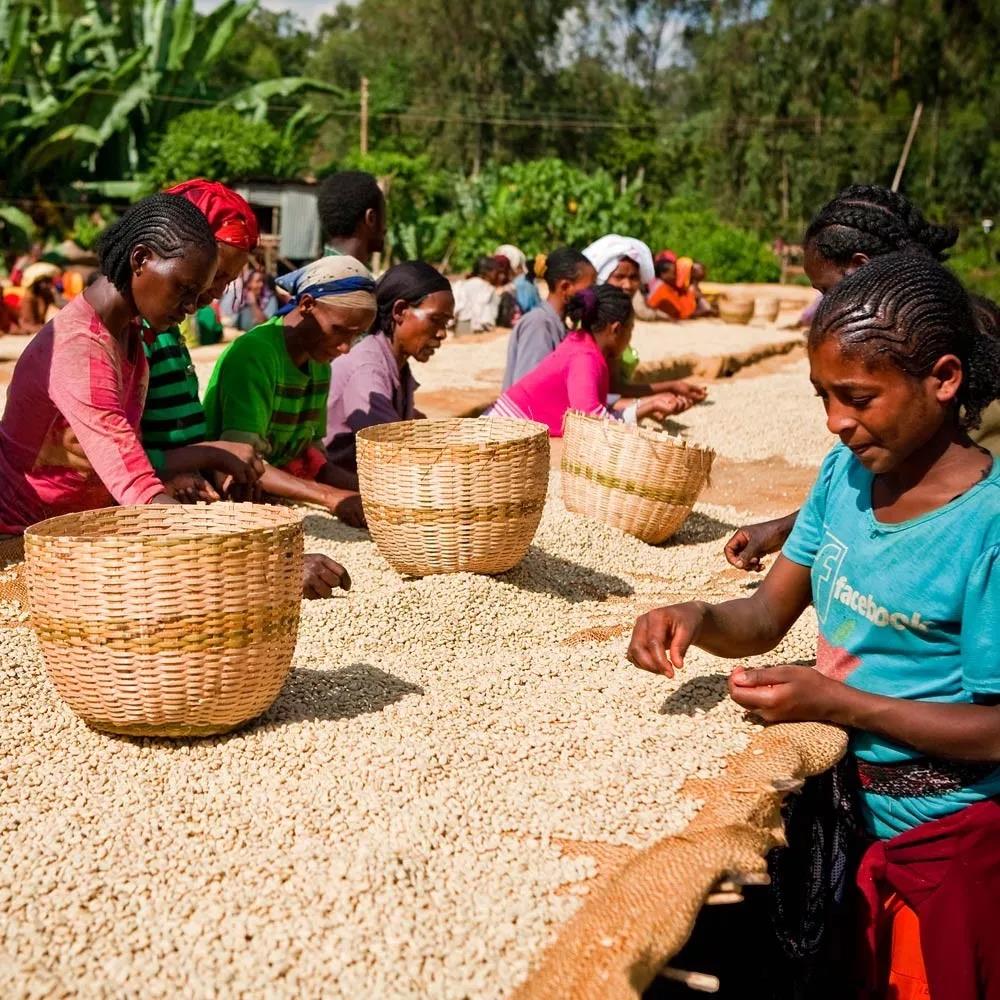
As a British colony, it is only natural that the benefits of exporting coffee are skewed towards the sovereign state. Until 1954, Kenyans owned only 5000 acres of arable land, most of which were controlled by the British and sent to London for auction. Although the colony seems to have been exploited, without the British laboratory Scott Laboratories, Kenyan coffee would not have been what it is today. Because its representative varieties SL-28 and SL-34 are two of the 40 kinds of coffee grown in the laboratory that year. At present, the popular varieties in Kenya include Ruiri 11 with high disease resistance but slightly lower taste, and Batian, K7 and Kent with high drought resistance.
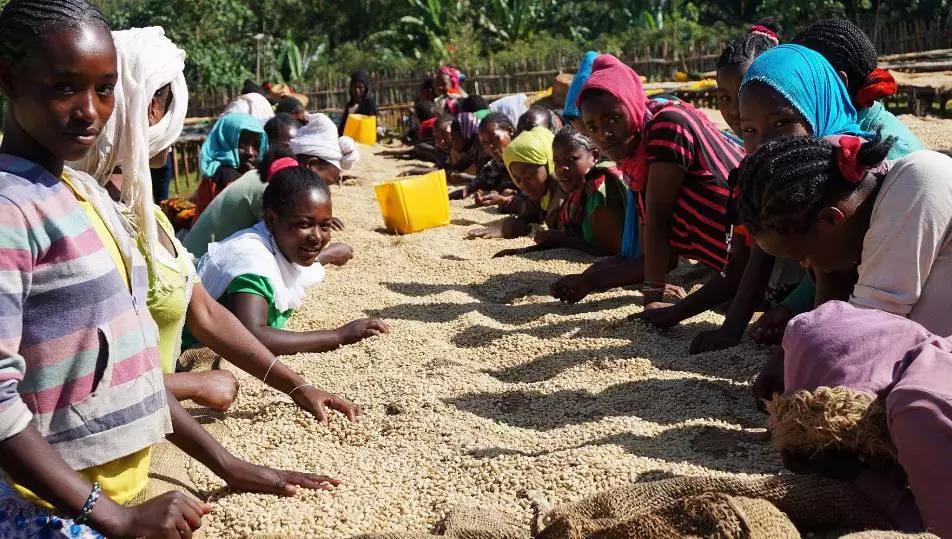
The Maomao uprising (Mau Mau Uprising), which took place in 1956-60, returned most of the control of cultivated land to indigenous people. Coffee farms are mostly small-scale operations with an annual output of hundreds of kilograms. They will decide to sell the fruit to the nearby processing plant (Coffee Factory) according to the delivery distance and the purchase price. The famous Karagoto Coffee, for example, is actually a processing plant around the town of Karatina. After collecting the coffee fruits of nearby farmers, they will be processed and exported. It will also provide farmers with technical support for planting. Karagoto itself, on the other hand, combines Tegu and Ngunguru processing plants to form a Tekangu Farmers Cooperative Society,FCS. Most of the famous producing areas in Kenya are concentrated in the central part, such as Nyeri, Kiambu, Kirinyaga and the western mountains near Uganda (Nakuru, Bungoma, Kitale, etc.).
Coffee auction ensures the interests of farmers
The Coffee Exchange (Coffee Exchange) in Nairobi, the capital, holds auctions every Tuesday during the harvest month. About 50 government-approved exporters in the country classify and rate coffee batches, send samples to potential foreign buyers for cup evaluation, and bid later. There are also foreign companies entrusting approved market agents (marketing agent) to conduct direct transactions (Direct Trade). All the steps are clear and transparent and regulated by the Kenya Coffee Agency Coffee Board of Kenya to ensure that all money after deducting costs goes to farmers.
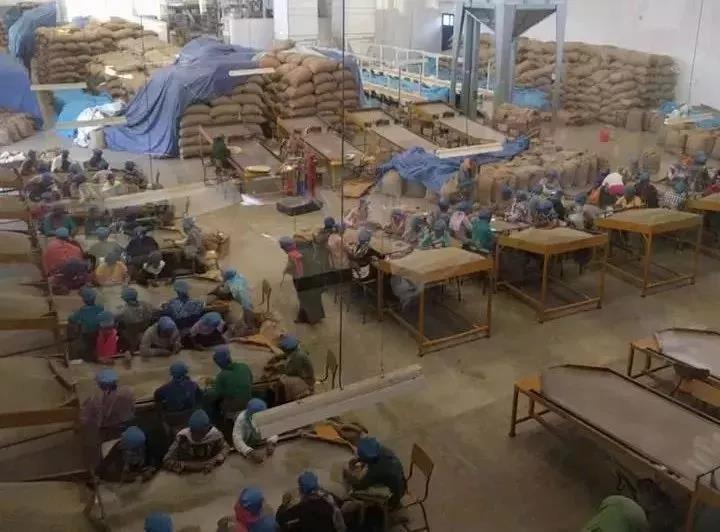
The coffee grading system in Kenya is distinguished by AA-Plus (AA+), AA and AB, which refers to the uniformity of the particle size of coffee beans rather than the quality of coffee. High-quality Kenyan coffee beans are commonly grown between 4200 and 6800 feet (about 1300 and 2100 meters) above sea level.
The industry has used "blackcurrant juice" to describe typical Kenyan coffee: heavy taste, red wine-like aroma, distinct acidity. These qualities cannot be found in other places of origin. Unfortunately, the coffee industry accounts for only 10% of Kenya's total economic income. As the demand for land increases, coffee farmers may give up planting because of a decline in the incentive to produce coffee. This is probably a common problem of urbanization.
The flavor and taste of Kenyan coffee
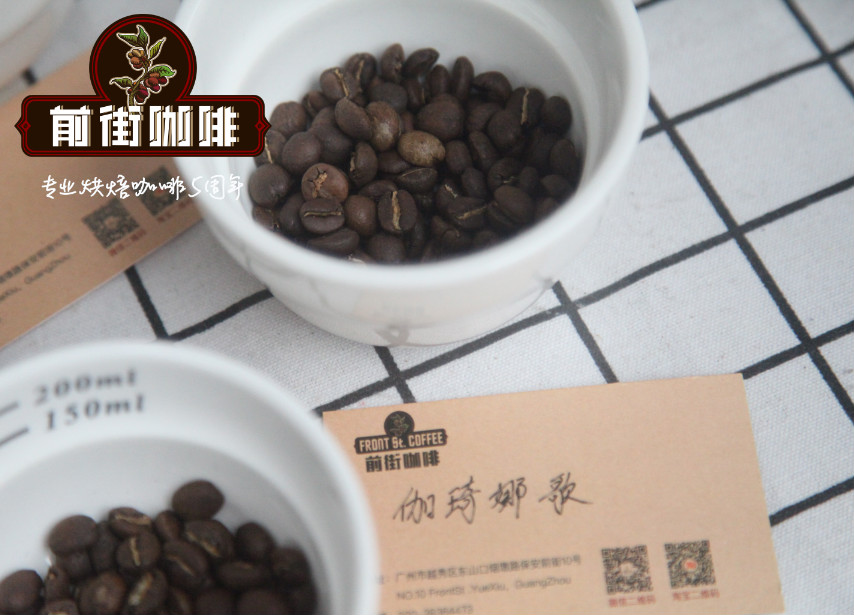
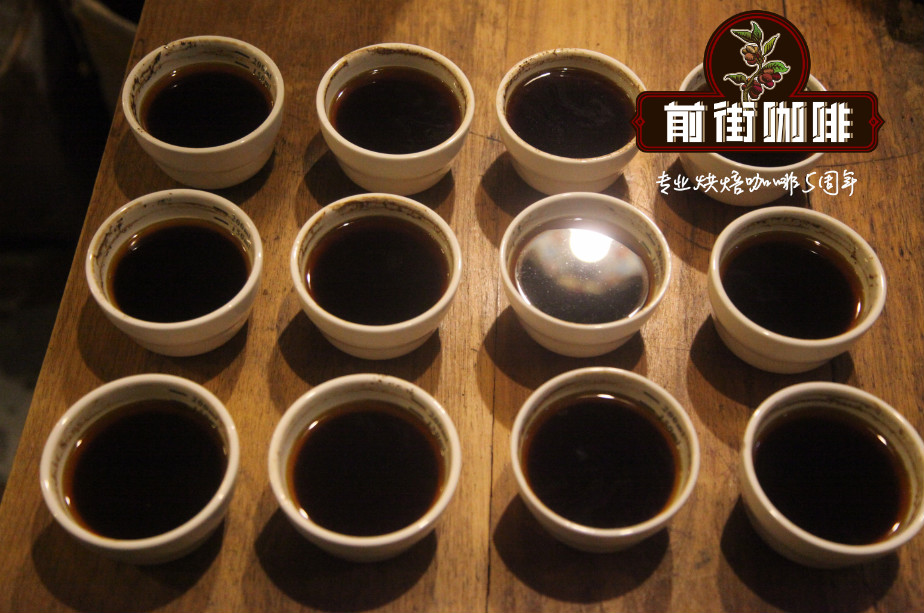
Qianjie Coffee Editor compared several Kenyan coffees from different sub-producing areas, and found that due to the characteristics of red phosphate soil and SL varieties, Kenyan coffee beans mostly have a more obvious berry flavor similar to virgin fruit when roasted in shallow, and bright sour fruit, but the flaw is that Kenyan beans are more likely to appear woody taste.
Important Notice :
前街咖啡 FrontStreet Coffee has moved to new addredd:
FrontStreet Coffee Address: 315,Donghua East Road,GuangZhou
Tel:020 38364473
- Prev
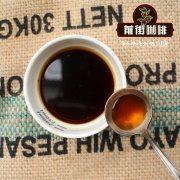
What is Blue Mountain Coffee? Do you know the story of Blue Mountain Coffee? The cooking parameters are suggested.
Professional coffee knowledge exchange more coffee bean information please follow the coffee workshop (Wechat official account cafe_style) Blue Mountain Coffee producing Jamaica, named after the Blue Mountains surrounded by the Caribbean Sea. Jamaican Blue Mountain Coffee has always been a divine existence in China, and almost every coffee shop must claim to have it. It's just that not many people really use blue mountain beans. According to 2004
- Next
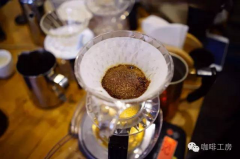
The difference between gold manning and ordinary manning is gold manning delicious?
Professional coffee knowledge exchange more coffee bean information please pay attention to the coffee workshop (Wechat official account cafe_style) Gold Manning refers to the exquisite cultivation and processing of Mandarin in Sumatra, depending on the manor, the aroma varies. After repeated manual screening and rigorous production, the color of the beans is dark green, the particles are large, and the bean color is uniform after baking.
Related
- Detailed explanation of Jadeite planting Land in Panamanian Jadeite Manor introduction to the grading system of Jadeite competitive bidding, Red bid, Green bid and Rose Summer
- Story of Coffee planting in Brenka region of Costa Rica Stonehenge Manor anaerobic heavy honey treatment of flavor mouth
- What's on the barrel of Blue Mountain Coffee beans?
- Can American coffee also pull flowers? How to use hot American style to pull out a good-looking pattern?
- Can you make a cold extract with coffee beans? What is the right proportion for cold-extracted coffee formula?
- Indonesian PWN Gold Mandrine Coffee Origin Features Flavor How to Chong? Mandolin coffee is American.
- A brief introduction to the flavor characteristics of Brazilian yellow bourbon coffee beans
- What is the effect of different water quality on the flavor of cold-extracted coffee? What kind of water is best for brewing coffee?
- Why do you think of Rose Summer whenever you mention Panamanian coffee?
- Introduction to the characteristics of authentic blue mountain coffee bean producing areas? What is the CIB Coffee Authority in Jamaica?

